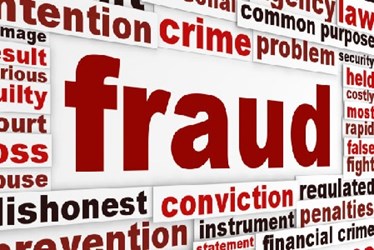Fraud In The Food-Supply Chain — How Much Do We Know?
By Melissa Lind, contributing writer

Intentionally adulterating food can have many, unforeseen — and sometimes deadly — consequences.
Imagine what may happen if a manufacturer substitutes crushed peanuts for more-expensive cashews and the consumer buying the product has a peanut allergy. This is a severe case, but the recent horsemeat scandal in Europe shows that the problem can be widespread and practiced on a wholesale basis. On a global scale, mislabeled food is an unfortunate, but fairly-common occurrence. Substituting cheaper ingredients for more-expensive products or purposefully mislabeling a less-expensive product as a premium one is a wide-scale problem. This is particularly true in the fresh, protein sector of the food-supply chain. Implementation of traceability standards could change that.
No Convenient Means Of Detection
In the case of meats and seafood, DNA testing of protein can now be done to identify what species the protein is from. However, this type of testing is expensive, lengthy, and it isn’t feasible to test each batch of food. In lieu of testing, fraud deterrence and prevention may be much more mundane and will require attention to some often overlooked problems.
Frequently Changing Sources
The food industry is fast-moving and at times, hectic. There may not be time to check and re-check every product from every supplier. Additionally, frequent changes in sourcing make identification of the source of fraud difficult. One ingredient can make its way into hundreds of products, making recalls complex, costly, and sometimes impossible. Arrangements between suppliers and customers may be informal and constantly changing.
Guest Column: Food Fraud — It’s More Than Food Defense
International traceability standards have not yet been fully developed and are virtually unknown in some parts of the world. Add that to areas with high amounts of organized crime involved in food shipments, and you end up with a good deal of food fraud.
Lack Of Fraud-Preventing Certifications
The horsemeat scandal identified that though many areas have standards, and many of those suppliers may be certified to those standards, questions on fraud and identification of practices to prevent or detect fraud are not covered. Manufacturers and retailers are relying on incomplete information.
Inadequate Accounting
One way to identify fraud is to conduct analysis of prices against standard commodity prices. In this case the saying, “if it is too good to be true, it probably is” applies. Low prices can indicate that a cheaper product is mislabeled as a premium product. On the other hand, prices that are too high may indicate that someone in the line is getting a kickback for accepting mislabeled food.
Food Traceability: Solving The Imperative Of Compliance
Unfortunately, few businesses have procedures and systems to conduct such audits and analyze the mass of data. Keeping up with current events and news in the agro-food business can help, but many small and mid-sized businesses don’t have the resources to do so.
Implementing food traceability mechanisms is one way to decrease the amount of fraud. However, institutions, agencies, and larger members of the food-supply chain will likely have to make some resources available to make a substantial dent in the ongoing problem.
